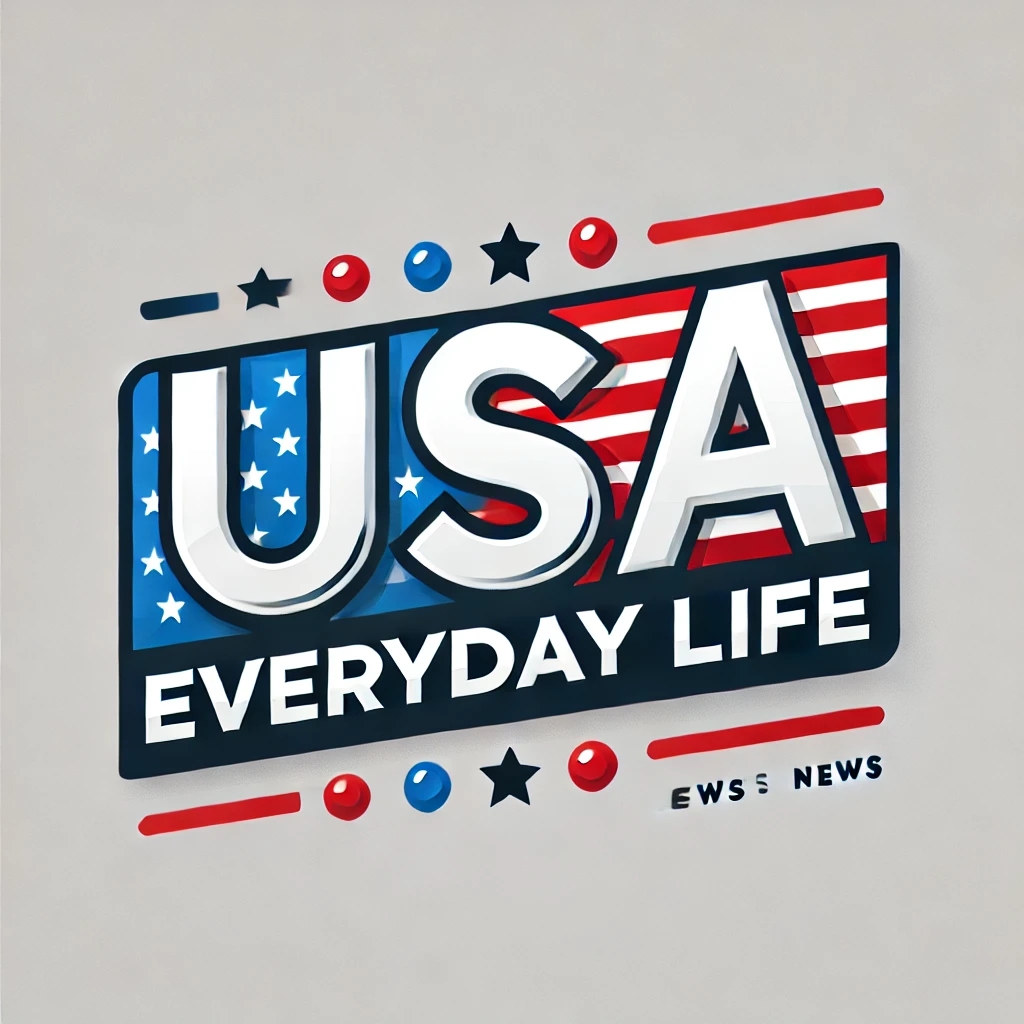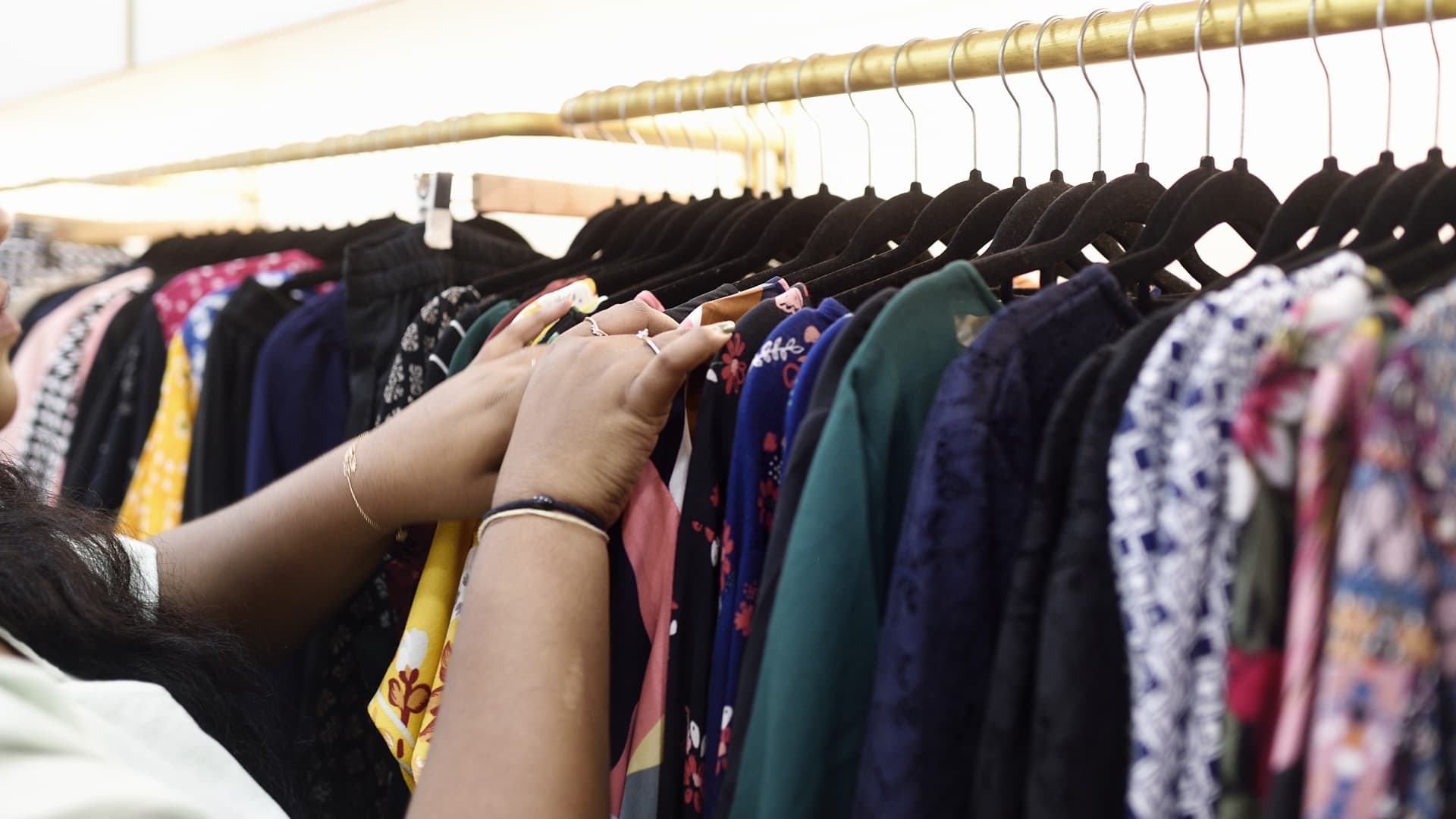Jennifer Johnson, founder of True Fashionistas, Florida’s largest clothing reseller, started noticing something unusual about a year ago. Suddenly, once difficult-to-find larger sizes were becoming more common in the batches of clothing arriving for resale. Since then, the trickle has become a torrent.
Johnson said that historically, her store has been overloaded with extra smalls and smalls.
“We always wanted the larger sizes because they were popular — the minute you got them in, they would sell immediately,” Johnson said. “Now it has completely flip-flopped. Now our extra small area is smaller than our extra large,” she added.
Johnson says that she watches her resale numbers closely, and the store, located in Naples, Florida, is reset according to the inventory that comes in. With more and more people ditching larger sizes, the store has had to be reset multiple times.
Across the country, Johnson says, entrepreneurs in the resale business are seeing this, and they are calling it the “Ozempic effect.”
In Kansas City, Janet Curran, who owns a store called Do Good Co., which benefits two charities in the city, said her resale business is booming because of the Ozempic effect. “We’ve seen a real shift in our donation patterns and customer needs since more people started using weight loss medications. There’s been increased demand for smaller sizes and more frequent turnover as customers transition through different stages,” Curran said.
A Rand survey released earlier this year found that 11.8% of U.S. adults reported having used GLP-1 drugs, with another 14% expressing interest in using them. So far, however, evidence that retailers or clothing manufacturers are scaling back production of larger sizes is hard to come by. Apparel makers and sellers, meanwhile, aren’t saying anything. Walmart and Levi Strauss declined to comment.
GLP-1 drugs are shifting the larger size range within retail
Avneet Singh, the founder of men’s clothing line Regent Row, which caters to big and tall men and is sold online at retailers like Nordstrom and Macy’s, says changes are taking place.
“Retailers are putting fewer extended sizes on the rack. You’ll see tighter size runs in store and more ‘online-only’ tags once you hit 2XL and up,” according to Singh.
But he added that while GLP-1 popularity is causing a size shift, most of the shift is still within the larger size range — at least so far. Regent Row only makes XL and larger sizes.
“With GLP-1s, we’re seeing the size curve move left — guys who were 5–6XL shifting into 3–4XL,” Singh said, adding that this doesn’t erase the demand for inclusive sizing. “It just changes where the demand sits,” he added.
He also points out that while GLP-1s reduce weight, it doesn’t reduce height. “Tall remains critical even as waists come down. If you ignore Tall, you’re telling a big chunk of customers they’re an afterthought,” he said.
Singh, before founding his clothing brand, worked as a buyer for Walmart and Zappos, and he says customers can expect to see fewer extended sizes on racks and more availability online. The demand, even if lessened, will still warrant offering larger sizes, but some marquee names now want to farm out their plus-sized clothing to outside vendors instead of making their own label.
“A lot of retailers don’t want to take on the risk themselves, so they ask us to make the 5XLs and 6XLs —that private label has gone away for those larger sizes,” he said.
For his brand, 5XLs and 6XLs remain a core seller, but demand has grown for 3XLs and 4XLs as people trade down in size.
“Your body height and composition are still the same. If you are a taller customer, you will still be taller. You are seeing people going from 350 to 320 [pounds],” he said, which means they still need larger sizes.
Plus-size segment remains underserved by apparel market
Mallorie Dunn, a professor of fashion design at the Fashion Institute of Technology and owner of SmartGlamour, a clothing line that offers the smallest and largest sizes, worries about the apparel retail market rushing to conclusions. Dunn says the plus-size segment was underserved before GLP-1 drugs became a thing and worries it could continue to be.
“Retailers and manufacturers should absolutely not be making less plus-size clothing because of GLP-1 drugs. Plus-size customers are grossly underserved as it stands — they need more options, not less,” Dunn said. She noted that multiple research studies conducted over the years have estimated that the majority of American consumers — in a range of 68% to 72% — wear plus sizes, yet plus-size clothing only represents 12% to 18% of revenue.
“Even if GLP-1 drugs did significantly reduce the amount of plus-size consumers, we still would be nowhere near overproducing plus-size clothing,” she said.
Kara Richardson Whitely, founder of the Gorgeous Agency, which helps brands connect with plus-sized customers, says brands that abandon plus-sized clothing do so at their own peril and “are leaving money on the table.”
“Just because these medicines exist doesn’t mean that fat people suddenly don’t,” Richardson Whitley said.
Richardson Whitley, who has had her own battles with clothing and plus sizes, is also the author of “Gorge: My Journey Up Kilimanjaro at 300 Pounds,” which is soon to be a movie produced by and starring “This Is Us” actress Chrissy Metz.
“While sizing may shift, there is still very much a plus sized market,” she said.
Weight loss drugs remain a luxury for a lot of Americans, according to Marty Bauer, director of ecommerce at online commerce platform Omnisend, so until there is a big drop in drug prices, the mass adoption needed to reshape the clothing industry is unlikely to happen.
The drugs may become accessible to more people as the Trump administration pressures manufacturers to lower prices, while the drug makers are also engaged in efforts to grow their market share after the initial boom period for sales. Novo Nordisk recently announced price reductions on Ozempic that offer cash-paying U.S. patients its blockbuster drug for less than half its monthly list price through multiple platforms, while Eli Lilly has been increasing the distribution options for its weight-loss drug Zepbound, and it has a needle-free pill alternative on the way which could lead to even greater update of the breakthrough drugs.
“For manufacturers, the outlook really depends on how steady demand stays. If sales begin to dip, production could slow, and that might push prices up since smaller runs are usually more expensive to make,” Bauer said.
Meanwhile, back at Jennifer Johnson’s resale store, she’s watching her spot on the front end of the GLP-1 wave with fascination. “We are still in the infancy stages of how this will affect people as they age and continue using the drug. Once that reveals itself, we will know the answer,” Johnson said.
Based on her own research at name-brand mall clothing retailers, she some changes on the rack are already evident: “The larger sizes are all on clearance,” Johnson said.





